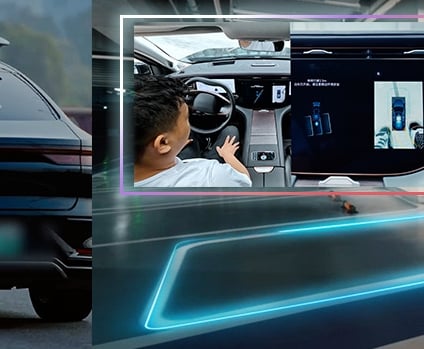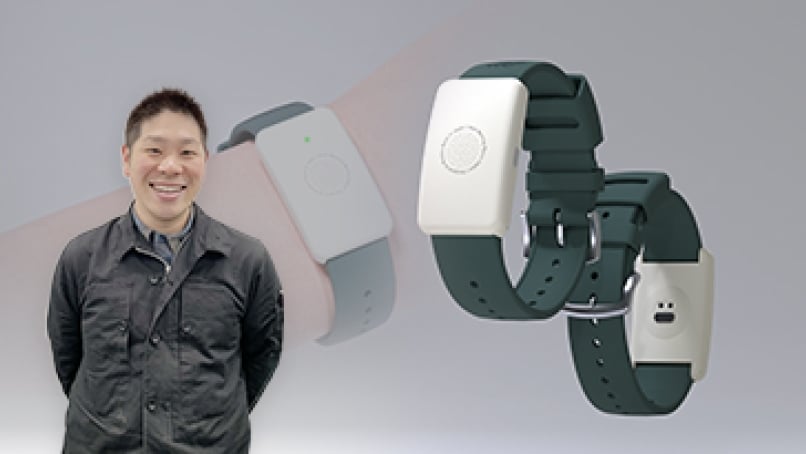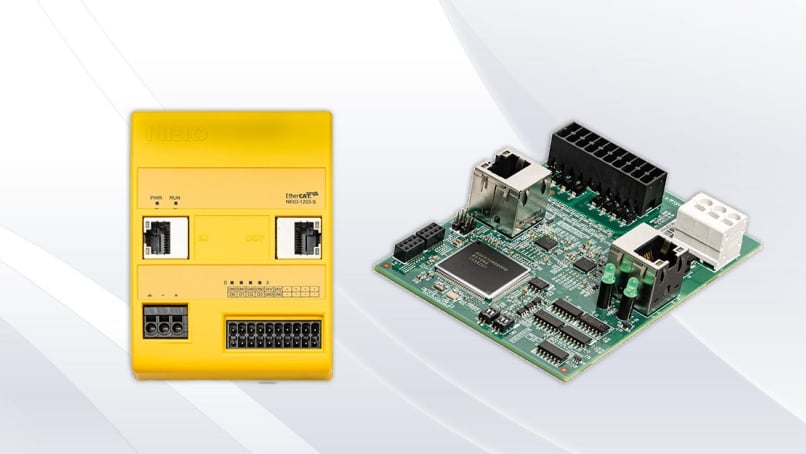Aug 29, 2025
You can read this article in 5 minutes.
For many drivers, parking is a nerve-racking task – from squeezing into a space at the market to navigating the cramped confines of a downtown garage. A pair of recent studies1 found that nearly half of British and American drivers dread parallel parking so much that the condition has earned a name: parallelophobia.
iMotion aims to de-stress the physical act of parking with an automated feature that enables vehicles to self-park in under 30 seconds – even in crowded or poorly marked environments. Walt Song, who founded iMotion Automotive Technology (Suzhou) Co., Ltd., in 2016, said the innovator is on a mission to democratize intelligent mobility guided by a philosophy to “make everything simple” for drivers and automakers alike. The goal? Implement features designed for luxury-class cars into more accessible mid-range and entry-level models.
iMotion was listed on Hong Kong’s Hang Seng Index in 2023. With headquarters in Suzhou, an R&D center in Germany, a manufacturing plant in Malaysia and several commercial deployments across Asia and Europe, the company has claimed its place as a global leader in advanced driver assistance systems (ADAS) technology.
Parking Automation on a Mass Scale
In addition to alleviating driver anxiety, automated parking assist (APA) systems promise to reduce fender benders, curb strikes and tuck more vehicles into a given space. But for those automakers focusing on lower-cost vehicles, APA, like many other ADAS functions, is proving to be technically complex and cost-prohibitive. iMotion’s integrated driving technology surmounts both obstacles.
The APA system guides drivers up to 3km along previously learned routes to their destination. It directs the vehicle to the target parking space using cameras and ultrasonic sensors with real-time environmental perception detection. The technology works with both electric and gasoline vehicles and in a range of vehicle types – including passenger cars, commercial trucks and off-road equipment.
What sets iMotion apart from competitors is its fully integrated design. While many ADAS companies focus only on software or hardware, iMotion offers a vertically integrated stack – from algorithm development to middleware and embedded hardware – that Song said optimizes design resources, performance and cost.
The cornerstone technology is the intelligent, integrated iMotion iDC500 domain controller. It incorporates an APA system based on surround-view perception and an urban Trained Commuting Pilot (TCP) feature with self-mapping-construction technology that navigates by "remembering" specific driving routes and localized environmental data.
Surround-view perception is enabled by in-vehicle cameras and iMotion’s Bird's Eye View (BEV) technology, which renders a top-down perspective of the driving environment to build a 3D map of the world outside the vehicle. Mapping is possible thanks to an AI neural network architecture, known as a Transformer model, that combines camera images to create a 3D representation of the surrounding environment.
Song noted that competing models in this category have larger parameter scales and require expensive AI processors with at least 100 TOPS of AI computing power. iMotion engineers optimized their algorithms to run on Renesas’ more economical 34 TOPS R-Car V4H chipset – with no performance compromise. This feat of engineering efficiency empowers automakers to offer features such as automated parking and high-definition, map-based highway piloting, enabling their vehicles to meet both consumer expectations and regulatory safety mandates in Asia and Europe.
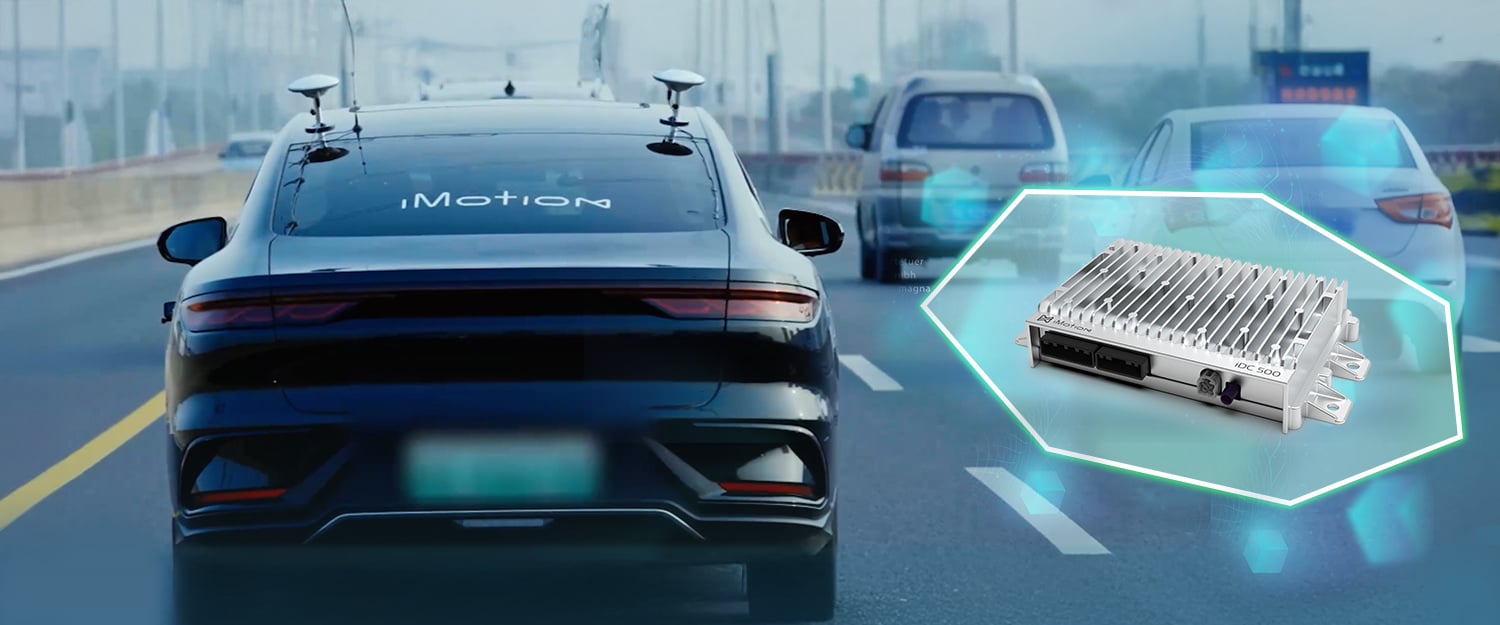
Building a Cost-Conscious Parking Platform
To successfully embed high-end ADAS functions into cost-effective hardware, the iMotion team overcame challenges integrating advanced perception, planning and control features – each with stringent performance and safety requirements – into a compact computing platform.
One hurdle was deploying BEV Transformers and occupancy grid (OCC) models, which is a form of spatial representation frequently used in mobile robotics, into the Renesas R-Car V4H architecture. iMotion used a combination of technologies to achieve this:
- A lightweight AI model decomposition framework breaks down complex Transformer models into smaller, more manageable components for easier processing.
- Zero-copy memory scheduling shrinks redundant data copying operations when delivering data between different memory locations to reduce CPU loading.
- Hardware-optimized operator rewriting enables highly accurate, centimeter-level grid resolution by transforming compute operations into more efficient versions better suited for GPUs, CPUs and specialized AI accelerators.
Another challenge was achieving system stability and safety across different markets and multiple vehicle platforms, from cars and recreational vehicles to commercial trucks. The iMotion platform’s modular, scalable design ensures global compatibility and robustness through extensive simulation and testing.
Partnering with Renesas: Performance Through Practical Design
iMotion’s strategic collaboration with Renesas began in 2020. Song said the R-Car V4H stood out due to its balance of compute performance, power efficiency and scalability. The V4H system-on-chip (SoC) is manufactured on a 7nm CMOS process and includes a built-in Arm Cortex-R52 core that eliminates the need for an external MCU. This enhances on-chip efficiency and reduces power consumption, size and bill of materials. The device also integrates a CNN-IP AI accelerator, multiple DSPs and vision processing engines optimized for iMotion’s software stack.
The R-Car V4H SoC is designed for ADAS and automated driving tasks, delivering up to 34 TOPS of deep learning performance. It enables rapid image recognition from cameras, radar and LiDAR, supporting advanced features like surround-view perception and realistic 3D visualization for auto parking. Highly integrated for cost-effective electronic control units (ECUs), the R-Car V4H meets NCAP 2025 standards and supports Level 2+ autonomy. A dual-chip setup ensures seamless performance upgrades and fail-safe operation essential for Level 3 systems.
According to Song, the collaborative nature of Renesas’ engineering support was as important as the sophistication of its hardware design. “We worked hand-in-hand with Renesas for two years,” he said. “Their application teams in China and abroad helped us solve critical bandwidth and integration challenges. That level of partnership was key to launching the iDC500 and meeting our customers’ expectations.”
What’s Around the Corner for iMotion?
In just under a decade, iMotion has emerged as one of the most influential players in the global ADAS market. Its vision – Smart Mobility for Everyone – has become a commercial reality thanks to deep expertise in software-hardware integration, a commitment to engineering innovation and a collaborative ecosystem led by partners like Renesas.
By commercializing other, complementary technologies, such as adaptive cruise control, lane departure and collision warnings, and driver fatigue detection, iMotion is continuing to evolve its technology stack. The company plans to embed its new driving assistance algorithm into production vehicles within the year on its way to enabling full-cycle navigation – from highway entry to urban door-to-door (D2D) guidance.
iMotion is expanding in Europe and entering Japan and ASEAN, leveraging Renesas’ global reach and local service networks to help make cars safer, smarter and more intuitive. Song said this is enabling a world where autonomous vehicles become an extension of our homes and offices. “In the future, autonomous mobility will transform the cabin into a second living space,” he said. “You won’t just drive; you’ll read, relax or connect. Our mission is to make that future happen – safely, affordably, and soon.”
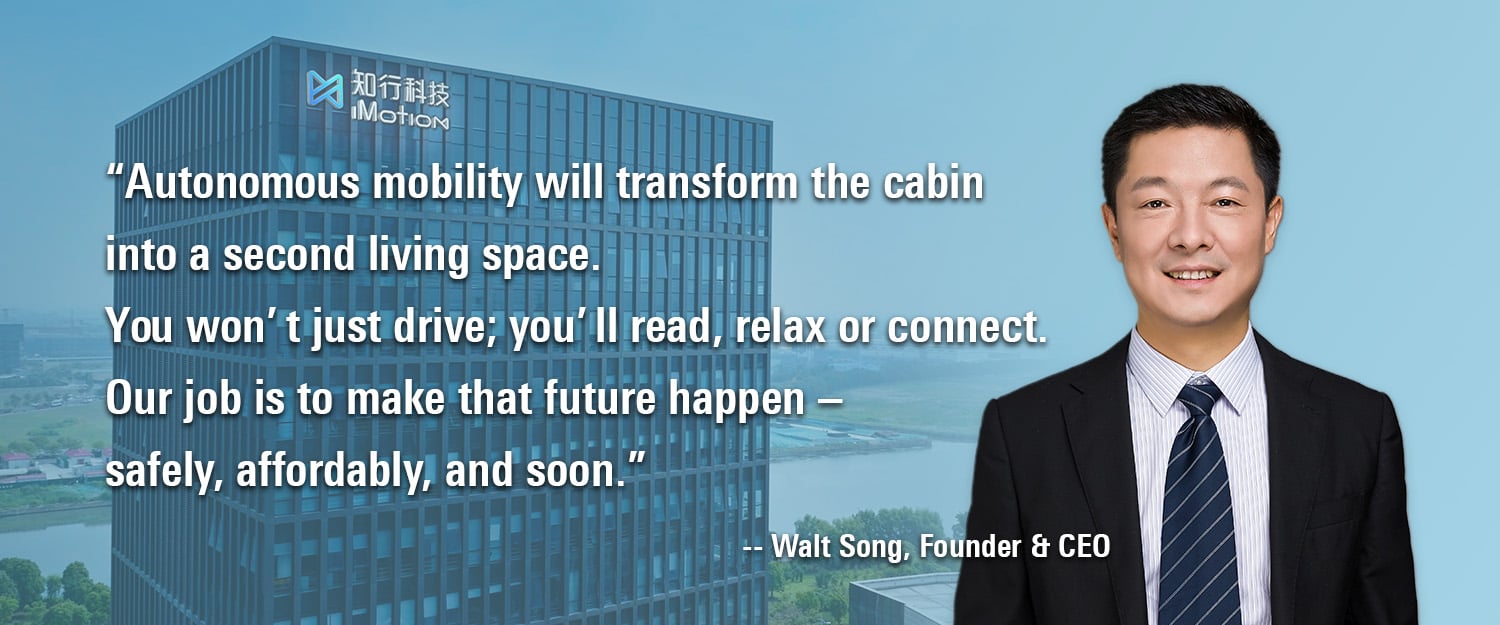
References
1T. Covington, The Zebra, “[POLL] Nearly half of Americans have ‘parallelophobia,” (March 2024)
1J. Sanchez, Driven Car Guide, “Study: parallel parking is the greatest driving fear among drivers,” (Oct. 2023)
Renesas Products
Best-in-Class Deep Learning at Very Low Power, System-on-Chip for Automated Driving Level 2+/Level 3
News
Sep 24, 2024
Renesas Leads ADAS Innovation with Power-Efficient 4th-Generation R-Car Automotive SoCs
Blogs
Jan 10, 2025
Exploring the Entry Fusion Application Architecture and a Cost-Effective Solution Utilizing R-Car V4H
Aug 14, 2024
Developing Software-Defined Vehicles with the R-CAR Open Access (RoX) Platform
Apr 30, 2025
System-on-Chip Technology Shapes the Future of Global Automotive Electronics Design
